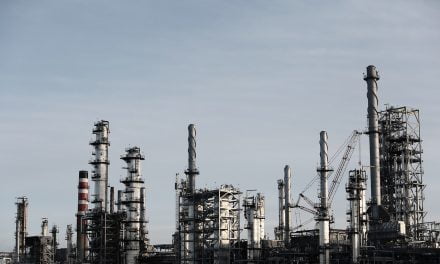Singapore’s core inflation slowed significantly in October, reflecting continued easing across various price segments.
The Monetary Authority of Singapore’s core inflation figure, which excludes accommodation and private transport, cooled to 2.1% year-on-year in October, compared to 2.8% in September.
This was attributed to moderating inflation in the Services sector, the Electricity & Gas sector, as well as Retail & Other Goods. On a month-on-month basis, the core CPI fell by 0.3%.
Meanwhile, headline inflation inflation eased to 1.4% year-on-year in October, down from 2.0% in September.
This broader measure was primarily driven by slower inflation in the Accommodation segment and a steeper decline in Private Transport costs. CPI-All Items also declined 0.3% month-on-month.
Singapore’s inflation in October marked the lowest rate since March 2021, when headline inflation was 1.3%, highlighting a significant cooling trend from the highs seen during global pandemic-related disruptions
Sector Highlights
Services inflation softened in October to 2.3% year-on-year from 3.3% in September. Smaller increases in holiday expenses and healthcare services costs drove the slowdown.
Electricity & Gas inflation abated to 2.5% from 6.3%, as the prices of both utilities rose at a slower pace.
Retail & Other Goods inflation eased to 0.1% from 0.8% a month prior, due to a sharper drop in clothing and footwear prices, alongside falling prices for medicines and health products.
Accommodation inflation edged lower to 2.5% in October from 2.7%, reflecting a smaller increase in housing rents compared to September.
In contrast to all the other sectors, Private Transport costs fell 2.5% in October, with the price decline accelerating from 2.4% in September. This was due to a larger decline in car prices.
Food inflation remained unchanged at 2.6%, with non-cooked food and food services prices rising at a similar rate as in September.
Outlook
The MAS noted that while global energy prices have shown volatility, they remain lower on average than a year ago and imported goods prices have been falling.
Domestically, unit labor costs are expected to rise more gradually as nominal wage growth moderates and productivity improves. This is anticipated to keep services inflation on a downward trend through the rest of 2024.
MAS projects core inflation to stay around 2% by the end of 2024 and average between 2.5% and 3.0% for the year as a whole. It is then seen easing further to between 1.5% and 2.5% in 2025.
CPI-All Items inflation is forecast to come in at approximately 2.5% for 2024 and moderate to the same range of between 1.5% and 2.5% in 2025.
Risks Ahead
MAS cautioned that risks to the inflation outlook remain balanced.
Stronger-than-expected labor market conditions could slow the easing of unit labor cost growth. On the other hand, escalating geopolitical tensions may drive up commodity prices, increasing imported costs.
Conversely, a significant global economic downturn could accelerate price and cost reductions, pushing domestic inflation lower than anticipated.
These factors will likely influence the inflationary trajectory as Singapore continues to navigate its economic recovery amid global uncertainties.






